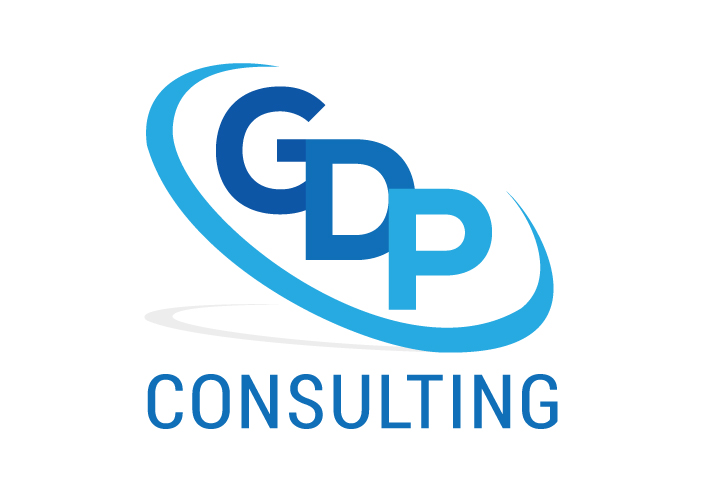Introduction
It cannot be assumed that CEOs/Executive Directors are trained to identify or deal with stressors in the workplace.
Therefore, it is essential for each board to determine the CEO’s/Executive Director’s skill set and how that board can identify when stress and conflict is affecting productivity and intra-organizational performance.
This article identifies the potential ways senior managers deal with workplace stress and actions the board can take to ensure its strategic directions and desired outcomes are achieved.
Ignoring signs of stress
There are managers who believe it is possible to completely separate one’s personal and professional lives. Is that really possible 100% of the time? It is difficult to compartmentalize oneself into private and public personas all the time. However, it is possible to establish work and personal boundaries.
Employees who are highly stressed because of personal reasons may
- Require time off work to deal with their issues
- Be highly reactive to suggestions
- Be antagonistic
- Be silent and try and remain by themselves (e.g. shutting their office door, staying away from the lunchroom), or
- Easily feel threatened.
When signs are noted, it is essential for CEOs/Executive Directors to identify their own reactions to the employee’s behaviour and the avenues available to them to deal with issues which are affecting the person’s production or ability to contribute to his team. Ignoring signs is not usually a good option.
When it is the choice and stress and conflict is ignored, the price to the organization can be substantial.
Becoming dictatorial
A CEO may know what he needs but telling the employee in a manner which conveys “it’s my way or the highway” may not help. The employee may react by looking for signs of harassment or bullying and use this information to create a case which would require mediation. If mediation is not an option, the entity may find itself engaged in litigation.
Lowering expectations
An option is to ignore the person by lowering performance expectations. When this happens either another employee is expected to pick up the slack or something goes undone. Does this serve the organization well? This does not serve the aims of the organization well.
Other employees may resent the special treatment that person appears to be receiving and this may result in other problems for the organization.
Becoming hyper-vigilant
An employee generally knows when his every move is being watched and noted. It may seem like a good strategy to ensure work is completed and targets are met. The down side is that the employee may react by taking sick leave, sabotaging work, or undermining the goals of the organization.
Dealing with Stress and Conflict
The best CEOs/Executive Directors know the signs of stress, note when signs appear, and know the options to minimize tension, deal with conflict and ensure the desired outcomes are achieved. Stress and conflict are seen as healthy and mechanisms to deal with issues are known and accepted within the organization.
Strategies available include
- Informal discussions
- Facilitated discussions
- Mediation, and
- Workplace assessments.
Knowing these strategies exist, what is the board’s role?
The Board’s Role
The board can do a number of things to ensure that stress and conflict are recognized and dealt with in the workplace.
First, it can ensure its plans and expectations of the CEO/Executive Director are realistic, within the entity’s financial capability, and doable. The board would also ensure that the entity has the human resources to do things right every time they need to be completed.
Second, the board can ensure there is an appeals process which is communicated to all employees. The steps would move through the management levels within the organization with the board being the final decision maker for disputes which were unable to be resolved by others.
Third, the board can ensure that conflict resolution is seen as an accepted practice by dedicating financial and/or human resources. This might mean hiring Employee Assistance Coordinators or providing financial resources for managers to hire external mediators to assist them by coaching or resolving conflict.
Fourth, the board can ensure its policies address all aspects required for a respectful workplace.
Finally, the board can monitor information which identifies the health of the entity by requiring a report which identifies facts such as the number of conflicts addressed/being addressed, turnover, and sick time.
Final Comment
Stress in the workplace is a reality. The causes may be personal or professional. Ensuring the CEO/Executive Director is trained in the identification of stressors, comfortable with managing change, capable of resolving conflict (or accessing the appropriate resources) is essential.


